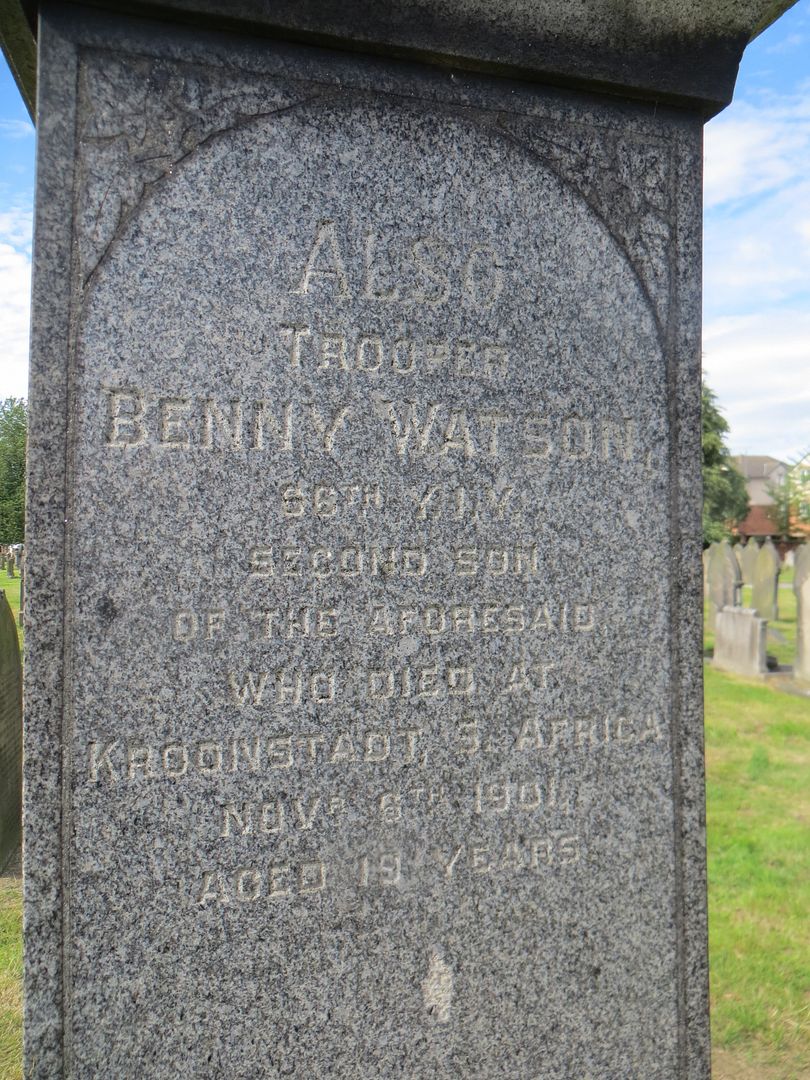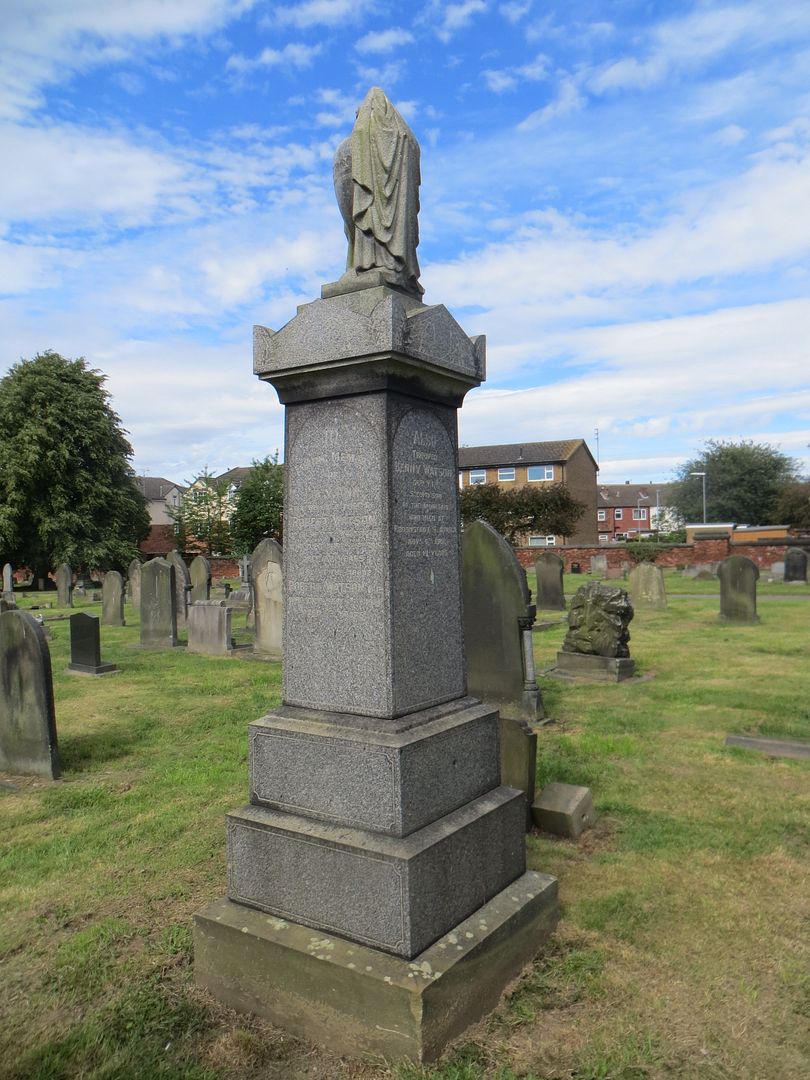Picture courtesy of DNW
SAGS (1) (12046. Driver, C. Robson. R.E.)
Sole March 2017 for £110,000.
Charles John Robson was born on 7 January 1855, in the Parish of St George’s, London. He enlisted into the Royal Engineers at Bow Street Police Court, Westminster on 30 April 1873, aged 18 years 6 months, a groom by trade. He was sent to Aldershot and posted to “B” troop (Equipment) R.E. Train. Lieutenant John Chard joined this company on 18 April 1876, and Robson was detailed as his batman and groom. They were still in Aldershot in December 1877 when the majority of the drivers, including Robson, were transferred to 5th Company which was forming a mounted engineers detachment. On 2 December 1878, he accompanied the 5th Company as they boarded the S.S. Walmer Castle bound for active service in South Africa. Arriving in Durban on 4 January 1879, they were greeted by a torrential downpour through which they had to unload hundreds of tons of stores and equipment. Lieutenant Chard, with Driver Robson, a corporal and three sappers, were ordered to Rorke’s Drift post to repair the pontoon bridge across the Buffalo River. A small mule train was organised on which the men and their equipment were loaded. Chard rode on horseback with Robson on his spare mount.
Chard and his men finally arrived and set up camp on the Natal side of the river on the 19th. They then set to work on one of the ponts, the other still at full stretch with the wagons of the centre column. The damaged pont was repaired and in use by the evening of the 21st. Unfortunately there would be no respite for the corporal and three sappers; having endured the long slog up from Durban, they now received orders to join the centre column next day at their new camp at the foot of Isandhlwana, some ten miles up the road from Rorke’s Drift. On the morning of the 22nd the four men climbed into their empty wagon and, with their native driver, set off for Isandhlwana, where, later that day, they met their fate together with some 1350 officers and men of Lord Chelmsford’s column in the greatest disaster ever to befall the British army.
Chard had also been at Isandhlwana that morning to obtain his own orders but left just before the main force of Zulus appeared and arrived back at Rorke’s Drift in time for lunch, which Robson had prepared for him. He then settled down to write some letters home. The peace and quiet was soon shattered by the arrival of several riders who had just escaped from Isandhlwana. They brought news of the disaster and of a large Zulu impi now racing towards the mission station.
Orders were hurriedly given and Robson saddled the two horses and started up the hill, the native driver following close behind with the wagon, which he left near to a rough stone cattle kraal not far from one of the buildings. In all the commotion no one had noticed as he and the native boy had slipped away, the boy on Robson’s horse. Robson had by this time joined the men of “B” Company, who had also received the warning and were now frantically building up walls of mealie bags, connecting the two buildings. Robson took a place in front of the storehouse where the perimeter met a stronger built cattle kraal. From here he had a clear field of fire across to where the wagon was parked.
The defences were barely finished when the first Zulus appeared on the hills above the station at about 4.30pm, only 75 minutes after the first alert. At that moment, the 350 or so friendly natives of the Natal Native Contingent bolted over the walls of the fort, closely followed by their European officers. The Zulus charged down against the south wall to be checked with volley fire from the remaining defenders. The main force of Zulus then arrived veering around the post eager to find the weakest spot. As the battle developed, Chard made a note of where Robson was placed, which he later recalled in his second extended account of the action:
‘...the Zulus were wrecking the camp of the company of the 24th, and my wagon which had been left outside, in spite of the efforts of my batman, Driver Robson (the only other man of the Royal Engineers with us), who had directed his particular attention to keeping the Zulus off this wagon in which were, as he described it, our things.’
The front wall and stone kraal was to come under fierce attack during the evening as the Zulus launched repeated charges at the walls. For some 12 hours this relentless assault continued until on the morning of 23 January and with the defenders’ ammunition down to the last 20 rounds each, the Zulus retired. They left 350 dead bodies scattered around the area, but many more were discovered in the weeks to come, hidden under rocks and in caves on the hills above the station. The defenders suffered only 17 killed and eight seriously wounded. As the weary men cautiously went around, collecting weapons and repairing defences, Chard inspected the wreckage of his wagon, discovering an unbroken bottle of beer, which he shared with Lieutenant Bromhead - Robson’s efforts had not been entirely wasted!
Chard and Robson remained at Rorke’s Drift for several weeks to work on a more permanent fortification of the garrison. On 4 July 1879, they were both present in the British square at the battle of Ulundi for the final defeat of the Zulus. Following the cessation of hostilities, 5th Company moved to St Paul’s Mission, where they were occupied in building another fortified position. They embarked aboard the S.S. Eagle, arriving at Portsmouth on 2 October, where they were greeted as heroes by a whole host of generals including the Commander-in-Chief, H.R.H. The Duke of Cambridge.
Once home Chard commenced an unofficial tour of the country, starting with a visit to the home of his sister in Moredon, Somerset. News of the visit travelled fast and a huge crowd of over 4,000 had gathered at Taunton railway station to greet Chard’s train. When it finally arrived, Robson too received much attention:
‘Major Chard was accompanied by his military servant in full regimentals and the appearance of this soldierly young fellow bearing an armful of Zulu assegais and other trophies of the campaign excited much interest.’
Chard and his family were then taken by carriage through the streets of Taunton, to the strains of “Hail the Conquering Hero Comes”, and on to the village of North Curry where a large and elaborate party had been planned. In one of the many speeches made later that day, Chard said he was sorry that [Lieutenant] Bromhead and [Surgeon] Reynolds were not with him to see how much was thought of what they had done at Rorke’s Drift, but he was glad to say that there was one other besides himself (referring to Robson, who was occupying a box seat of the carriage) who had the opportunity to see how greatly their services were appreciated, and what a splendid reception had been accorded them. General Sir Percy Douglas, Chelmsford’s predecessor in command of the forces in South Africa, then stood up and called for three cheers for the “Noble Sapper on the Box”.
The tour continued to Plymouth, London and Chatham. On 10 October Chard and Robson went to Balmoral for an audience with Queen Victoria. For Robson, though, the share of Chard’s glory was all too brief, for in November he left Chard in Somerset to return to the more normal army existence, taking with him the hand written testimonial from his former master listed above.
In February 1880, nearing the end of his six years’ service with the colours, Robson was transferred to the 7th Field Company at Chatham, but when the 7th Company left for Natal in 1881, he decided not to re-engage and was transferred to 11th Field Company, to be discharged a month later on 20 June. However, in September 1881, he began a new job at Chatham barracks as a civilian groom and general servant to Captain C. H. Gordon, R.E., and accompanied this officer to Cork, but when Gordon returned to Chatham in July 1882 they parted company. He was re-called to the colours on 2 August 1882, and posted to Aldershot as batman to Lieutenant Maude. He received two pence good conduct pay from that date, and on 13 November 1882, he re-engaged to serve a further twelve years. He received his final discharge on 30 April 1894.
Charles Robson died on 19 July 1933, at St Nicholas Hospital in Plumstead. He was 78, and was buried in an unmarked grave in Plumstead Old Cemetery. A hand-carved wooden marker plaque was placed at the grave site on 22 January 1993, and in 1999 a more permanent memorial plaque was placed at the grave by the Royal Engineers Association.




















